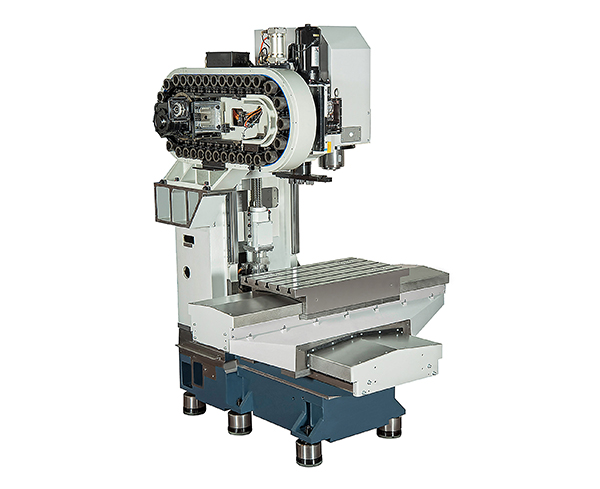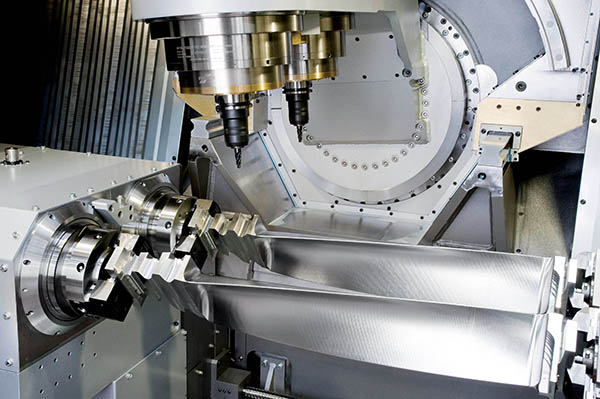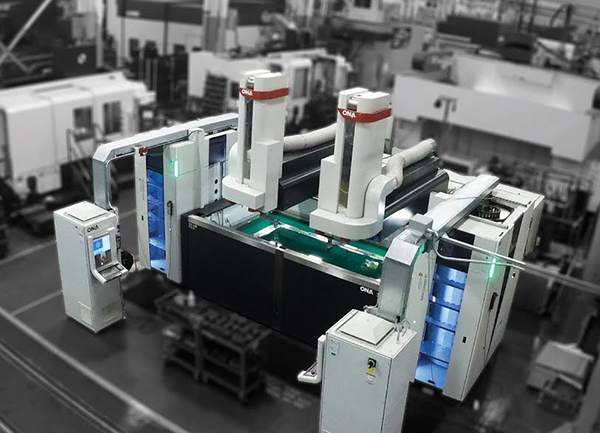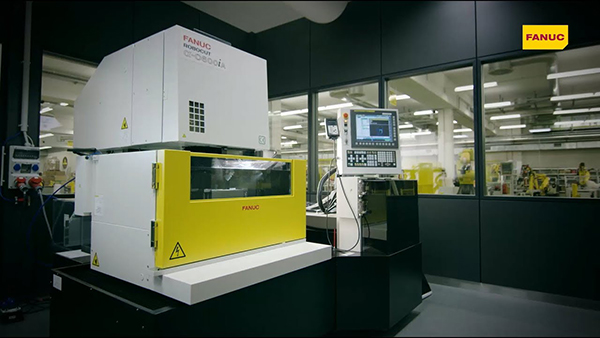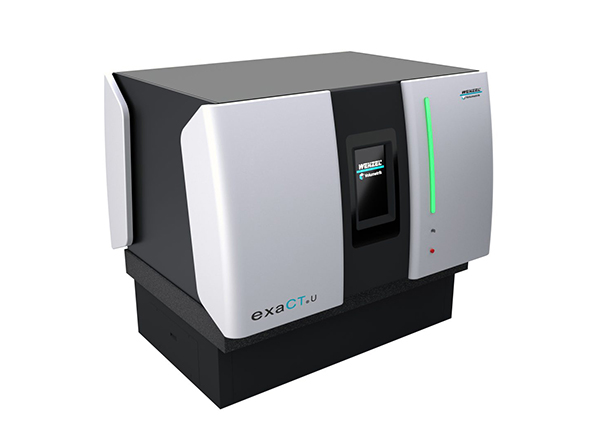German machine-tool builder Spinner has introduced a new, vertical-spindle, three-axis machining centre with a generous working volume of 850 x 510 x 510 mm and a small footprint of 1.8 x 1.85 m. This ratio is achieved by adopting a patented method for protecting the saddle’s Y-axis guideway from swarf and coolant ingress using a single wiper system, eliminating the need for a telescopic cover. The depth of the machine is consequently shorter, leading to a 30% reduction in the area needed for installation.

The machine is available in the UK through sole sales and service agent Whitehouse Machine Tools, which points out three other notable attributes of the Spinner VC850. One is that the height with the spindle when raised to its maximum is just over 2.4 m, catering to users that have restricted headroom in their factory. A transport height of 2.3 m without significant disassembly helps access to buildings.
The second feature is that the X-axis guideway also has a single wiper for protection, allowing the table to move to the extremes, so automated loading and unloading from the sides is simplified. Thirdly, a short distance of 160 mm from table to operator leads to ergonomic use that is assisted further by a height-adjustable, swivelling control panel. The latest generation Siemens 840D sl CNC with 24” touchscreen is fitted, while availability of the Heidenhain TNC640 control is imminent.
Rapid traverse and maximum cutting feed rate are 40 m/min, contributing to high productivity, while table load is up to half a tonne.
There are two variants of spindle, a high-torque 12,000 rpm/18.2 kW SK40 or BT40 version as standard, or, optionally, an HSK63 alternative offering 18,000 rpm/18 kW.
For further information www.wmtcnc.com






